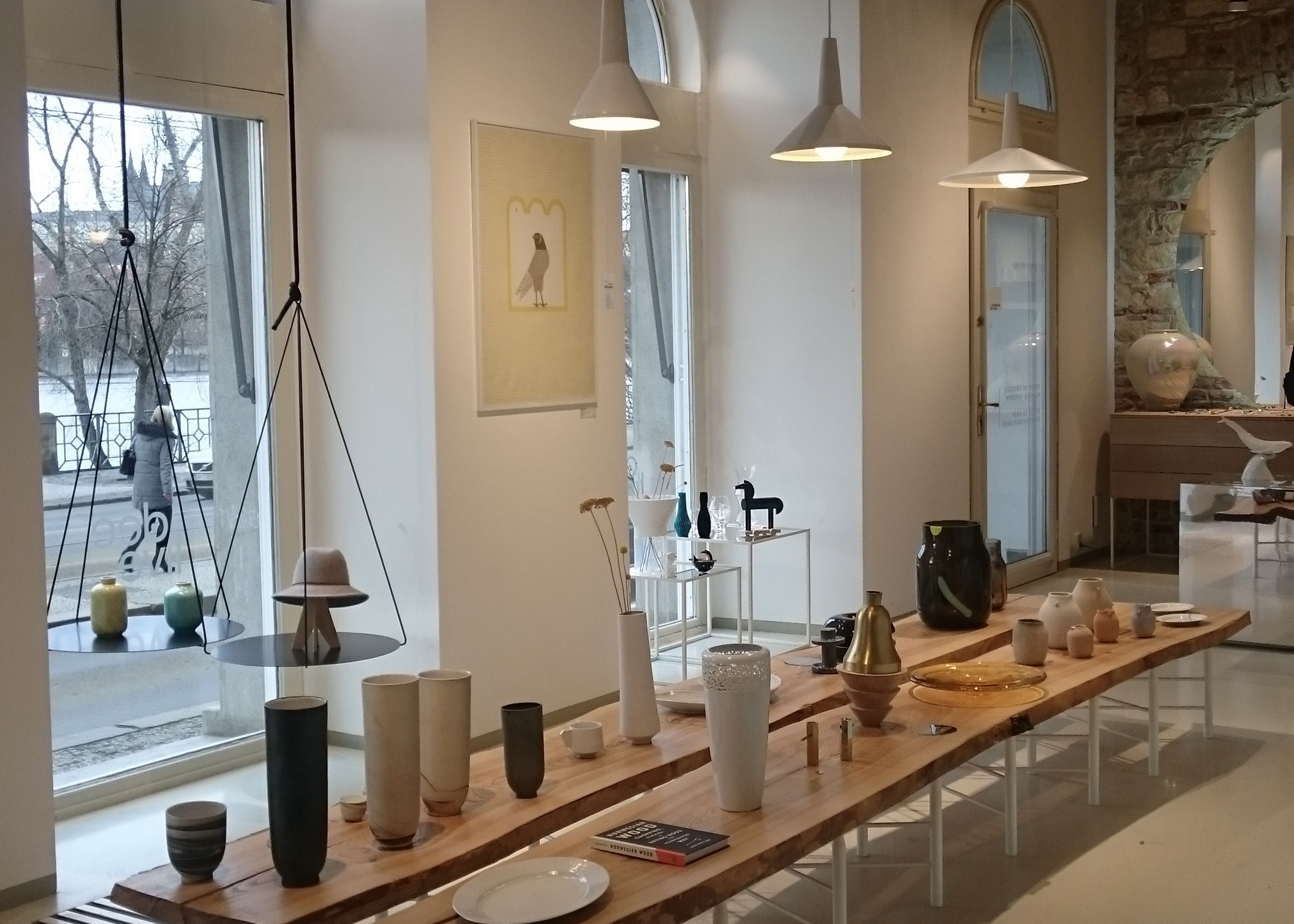The article was originally from: Forecasting the future of stores. By Tiffany Burns and Tyler Harris | 24.03.2022
Excerpt:
When consumers are used to shopping online and getting home delivery, the future of stores has to evolve to reach consumers’ expectations. Omnichannel customers shop more than single-channel shoppers. So, the stores are not yet to die, and even some digital-native brands are launching their physical stores.
However, shoppers put different standards for their shopping experience in stores. Here are five critical points in this article.
Zero difference in channels
People expect to have seamless interactions across channels. They want to see the connection in stores or outside the shop, and they can check all information like stocks or product reviews, then make their purchase whenever they are.
Zero desire for assistance
Customers don’t need an associate to proceed with the payment because of self-checkout kiosks. Now sales associates need more professional technology to solve the technical issues about self-checkout machines or provide professional assistance like pairing outfits for individuals.
Zero wait time
Unless the service or products are worth waiting for, or consumers need everything to arrive asap.
Zero tolerance for inaction on equity and sustainability
Consumers want to make some meaning to their purchases. So the value of diversity, equity, and inclusion [DEI] are things they want to see behind business practices. They also wish to see sustainable practices which business has done in their stores or products.
Zero wiggle room on talent
People have another choice to take a job in the gig workforce and have more flexibility. A retailer should improve the working experience and value proposition and develop their skills to attract talents to work for you.
When I first saw the self-checkout kiosk in Tesco in the UK, I was delighted. Then I used it whenever I could. There were two reasons: first, I hated to line in a queue; secondly, I didn’t have to talk to sales associates, especially since I was often panicking about different English accents.
I also like to shop online because I can check reviews and compare prices across different shopping platforms. So I wondered why people still go to stores when shopping online is much easier.
However, when I started to work at a store, I understood more about consumer behaviours. Some people want to touch fabric and try clothes to see the style, and some enjoy talking with us. We could see their satisfaction when we successfully paired some outfits or found particular items to meet customers’ requests. I even made friends with them. They sometimes just passed by but came inside the store to say hi and for a little chat. They warmed me, particularly since I lived alone in a foreign country. The connection with the rest of the world seems essential to human beings, especially after the global pandemic. This kind of connection becomes precious.
So from the side of running a physical store, retailers should rethink the meaning of this place when we are in a world where people can buy anything on a small screen. What is going to trigger us to go outside the house?
Well, I still use the self-checkout machine often and shop online, but sometimes, I would like to go inside a store to see the feeling of the shop and talk with sales assistants to feel some connections with other human beings.

發佈留言